In late 2022 I made the decision to acquire a set of SIG Sauer KILO6K-HD 8×32 rangefinding binoculars as I was planning to jump into NRL Hunter matches, where a combined binocular and laser rangefinding unit is highly beneficial. While the KILO6K showed me how advantageous range finding binocular can be, the KILO6K left a lot to be desired in terms of build and optical quality.
I wanted something else with better optical performance and after several months of debate, I decided to acquire the SWAROVSKI OPTIK EL Range 42 with Tracking Assistant by way of Euro Optic. As you can see on the box pictured below, I chose the 10×42 version (as opposed to the 8×42).
Note that when I ordered, the EL Range 32 was just announced a couple months prior. I decided to stick with the 42mm objective model as it would give me better performance in lower light and has a wider field of view. More on that later.
The SWAROVSKI OPTIK EL Range 42 with Tracking Assistant is the latest revision of their EL Range line with a 42mm objective lens and has the following specifications:
- 10x Magnification
- 42 mm Effective objective lens diameter
- 4.2 mm Exit pupil diameter
- 19 mm exit-pupil-distance-eye-relief-mm
- 359 ft @ 1000 yd Field of View
- 6.8 degrees Field of view
- 16.4 ft minimum focusing distance
- ± 5 Diopter adjustment
- 90% Light transmission
- 2.2-2.9 in Pupil distance
- 6.6 inch length
- 5.3 inch width
- 3.1 inch height
- 32.6 ounces (without battery)
Of course, the EL Range 42 is not only a 10×42 binocular as it has a built-in laser rangefinder with the following specifications:
- 10 – 2200 yd Measuring range
- ± 1 yd Measuring accuracy
- < 0.5 second Measuring time
- ± 90 ° Angular measurement
- Class 1 EN/FDA Laser
- 2,000 measurements Life cycle
What is not captured in the aforementioned specifications are the fact that the EL Range 42 contains a 1) onboard ballistic solver, 2) onboard weather sensors, 3) onboard compass, and 4) tracking assistance software.
The ballistic solver is an in-house implementation as opposed to the commonly found (and licensed) Applied Ballistics solver. The onboard weather sensors are not well documented and it would appear that at the very least it takes into account air pressure and temperature as it can display these data fields if selected for the HUD. This data is used by the onboard ballistic solver to extrapolate the firing solution.
The onboard compass is utilized in combination with the Tracking Assistant feature. The premise of TA is that you can use the rangefinder to get a distance on a given point and then assign that measured point to the Tracking Assistant software. You can then walk towards that point and as you move along, use the laser rangefinder to range back at the starting point and the Tracking Assistant will tell you how much further you need to walk and in what direction (left or right) to make it to the destination point.
However, I have no interested in the Tracking Assistant feature and was solely vested in the rangefinding and ballistic solving capabilities of the EL Range 10×42 TA.
First and foremost, the optical quality of the EL Range 42 is superb and is what you expect from SWAROVSKI OPTIK. The EL Range 42 has the field flattening image often referred to as Swarovision. There are some people who do not like the field flattening image, however I do. The barrel distortion correction of the field flattening system gives the EL Range 42 great edge to edge clarity with an image that looks stellar.
I will admit that I feel the NL Pure has just a little more sharpness and definition in the image than the EL Range 42. This is likely due to the fact that there is a rangefinder and an LED display that has to be accommodated for in the right barrel of the EL Range 42.
The immediate thing I noticed about the laser rangefinder is that it is fast. I pressed the button on a target and it returned the distance reading quickly. Furthermore, it appears the laser and the reticle are spot on which has not been my experience with SIG Sauer KILO rangefinders. Both KILO8K-ABS units I have owned did not have a reticle in line with the laser and neither does my KILO6K-HD.
I also find the laser to apt in hitting targets, even those of smaller size, and the laser of the EL Range 42 seems to do a better job hitting on target than my KILO6K-HD and KILO8K-ABS.
I had to reach out to SWAROVSKI OPTIK about the beam divergence specifications of the EL Range 42 and was provided a PDF technical data sheet where I extracted the above diagram. If you note above, the laser beam has a size of 1.2 MRAD tall with an undisclosed width.
Comparatively, the SIG KILO6K-HD and KILO10K-ABS both have a beam divergence of 1.5×0.6 MRAD while the KILO8K-ABS has a beam divergence of 1.2×0.25 MRAD. Taking into account just the beam height, it would appear the EL Range 42 has a tighter beam than the KILO6K and KILO10K, and equal to the KILO8K.
The heads up display in the EL Range 42 is a bit disappointing, especially compared to SIG rangefinders. The HUD in the EL Range 42 is a basic LED display that needs to be viewed straight on otherwise it will appear dim. Keeping the right eye at the correct point laterally is key for the best readability of the HUD.
Additionally, the HUD is very simple and can only display the distance and one other value (two lines of data) whether it be elevation correction (in either MOA, MIL, centimeters, inches, or number of clicks), angle to target, direction (compass), or the adjusted shooting distance (more often referred to as the angle corrected distance).
If you ponder what was just described, you will understand that EL Range 42 is limited in the amount of data it can display in one screen. I have it setup to show the elevation correction in MIL (along with the distance in yards). It would be preferable to also show the angle to the target in degrees on the same screen at the same time as the distance and drop. The reason why this would be very helpful is if I wanted to use the EL Range 42 to get the distance to a target on an incline or decline, and then double-check the data using a Kestrel 5700 Elite or other solver where I can plug in the distance and angle to the target. With this limited readout, you have to put a lot of faith into the onboard solver.
That being said, the onboard solver appears to be quite accurate, at least in my testing out to 600 yards with my NRL Hunter rifle build. Using the SWAROVSKI “EL Range Configurator” iOS app, I created a gun profile and loaded it onto the EL Range 42. I tested it with targets at 300, 400, 500, and 600 yards and the firing solution the EL Range 42 provided me resulted in hits on the waterline of the targets.
In combination with the onboard temperature and pressure sensors, it would appear that the EL Range 42’s internal solver is a successful implementation.
I will admit that the in-house ballistic solver was a concern for me in my pre-purchase research. All my prior electronic tools utilize Applied Ballistics (Kestrel 5700 Elite, SIG KILO6K-HD, SIG KILO8K-ABS) and I was hesitant to mix a non-AB solution into my kit.
Bluetooth connectivity is relatively seamless. You have to hold the mode button for a few seconds to turn the Bluetooth interface on and the phone connects relatively quickly. The EL Range Configurator phone app by SWAROVSKI OPTIK is used to configure the gun profile and load it onto the EL Range 42.
The EL Range Configurator app is very barebones. The user can only create three (3) gun profiles in the application with the basic variables to specify such as sight height over bore and the ammunition data (bullet weight, ballistic coefficient, and muzzle velocity)
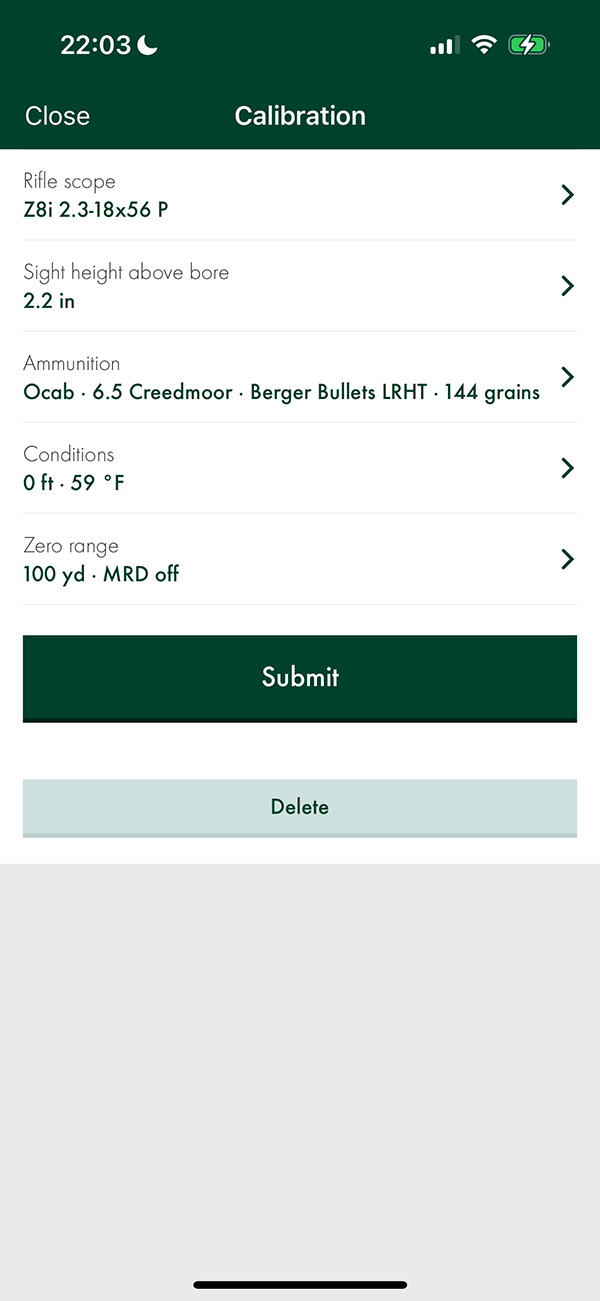
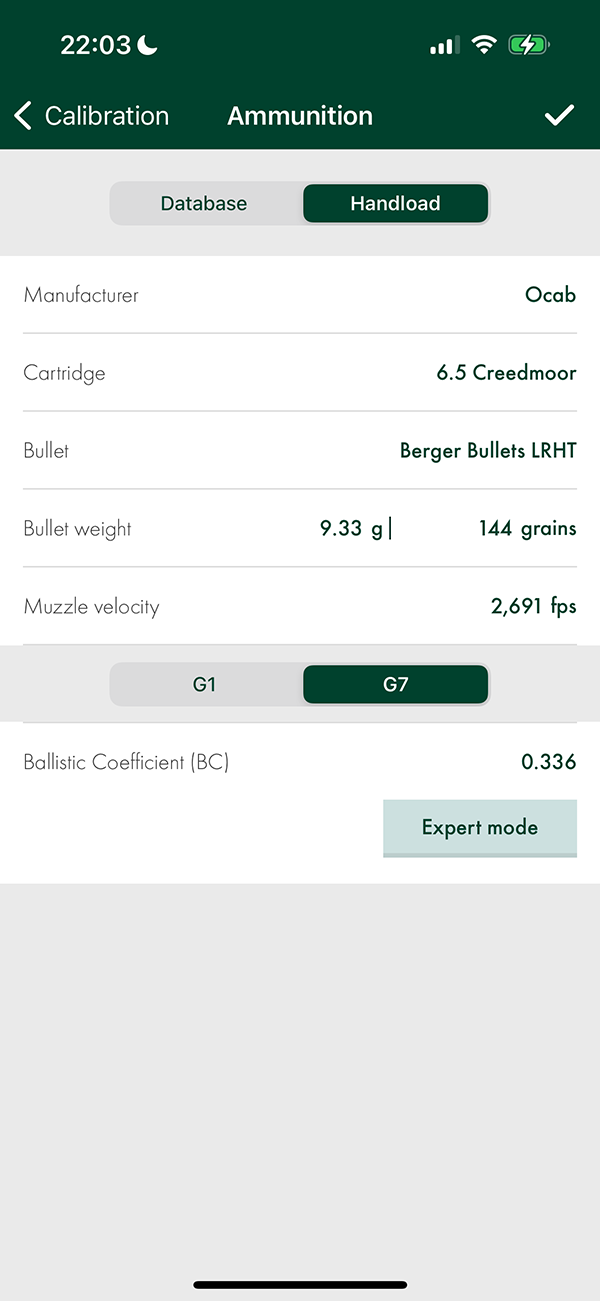
However, the main quirk of the app is that in order to configure the gun profile you must select a scope from the app menu and the only options are SWAROVSKI OPTIK scopes. In theory, it will not matter what scope you select, even if it is an MOA scope when you shoot MIL or vice-versa, except if you decide you want the EL Range 42 to display the elevation correction in the number of clicks.
SWARVOSKI OPTIK really should update the app so that you can just specificy what the unit click values are for the profile (e.g., 1/4MOA or 0.1 MRAD per click).
The form factor of the EL Range 42 is not the best, but my feelings are biased due to the fact that I owned the NL Pure 12×42 binoculars first and the ergonomics of the NL Pure are a night and day difference from the EL Range 42.
The barrels of the EL Range 10×42 feel bulky due to the electronics and when compared against the sleek taper of the NL Pure, it is quite a contrast. I will say that if I try to forget how the NL Pure are in the hands and even though the EL Range 10×42 is only 3 ounces heavier, I would still find the EL Range 10×42 to feel a bit beefy to hold because of the bumps on the bottom of the barrels.
The form factor of the EL Range 42 does come into play with regards to the tripod mounting, or rather the lack of tripod mounting. The EL Range 42 does not have a 1/4-20 thread on the bridge to accept any adapters (just as the NL Pure does not). Since the EL Range 42 barrels have the large bumps on the bottom using a RRS Cinch-LR will somewhat work. Even though it will hold, it adds even more bulk to the already bulky EL Range 42.
I have elected to not run any sort of tripod mounting adapter and am simply resting the EL Range 10×42 on a bag on top of a tripod tac table.
Lastly, the price of the SWAROVSKI OPTIK EL Range 10×42 TA is $3999 USD. This is going to be the most expensive rangefinding binocular on the consumer market.
There is quite a bit of information to digest and you are wondering if I recommend this rangefinding binocular.
The SWAROVSKI OPTIK EL Range 42 has excellent optical performance with a laser rangefinder with solid performance combined with a surprisingly good ballistic solver. However, the EL Range 42 sacrifices in the heads up display, the form factor, and the price point (which I have yet to cover). With this in mind, I cannot definitively recommend the EL Range 42 or any other rangefinding binocular because none are perfect as they all make a sacrifice in certain areas.
For instance, the KILO10K has a best in market active-matrix OLED display with a great laser combined with Applied Ballistics Elite software, yet the optical quality is atrocious. The Leica Geovid Pro has great optical quality, a great laser rangefinder, combined with Applied Ballistics, and yet the display performance is slow (slow to return data and cycle through the data points).
What I can say is that I recommend the SWAROVSKI OPTIK EL Range 42 with Tracking Assistant to anyone who wants the best optical performance with a fast and accurate laser rangefinder matched with a trustworthy ballistic solver, and is willing to accept a mediocre heads up display and a bulkier than average binocular at a top tier price point.
I mentioned the SWAROVSKI OPTIK EL Range 32 which is going to be a less expensive option at $3399 and $3499 USD for the 8×32 and 10×32, respectively. The 10×32 is lighter at 24 ounces (vs 32.6 ounces), is much smaller, and lacks the huge bumps on each barrel with only a single bump on the right barrel.
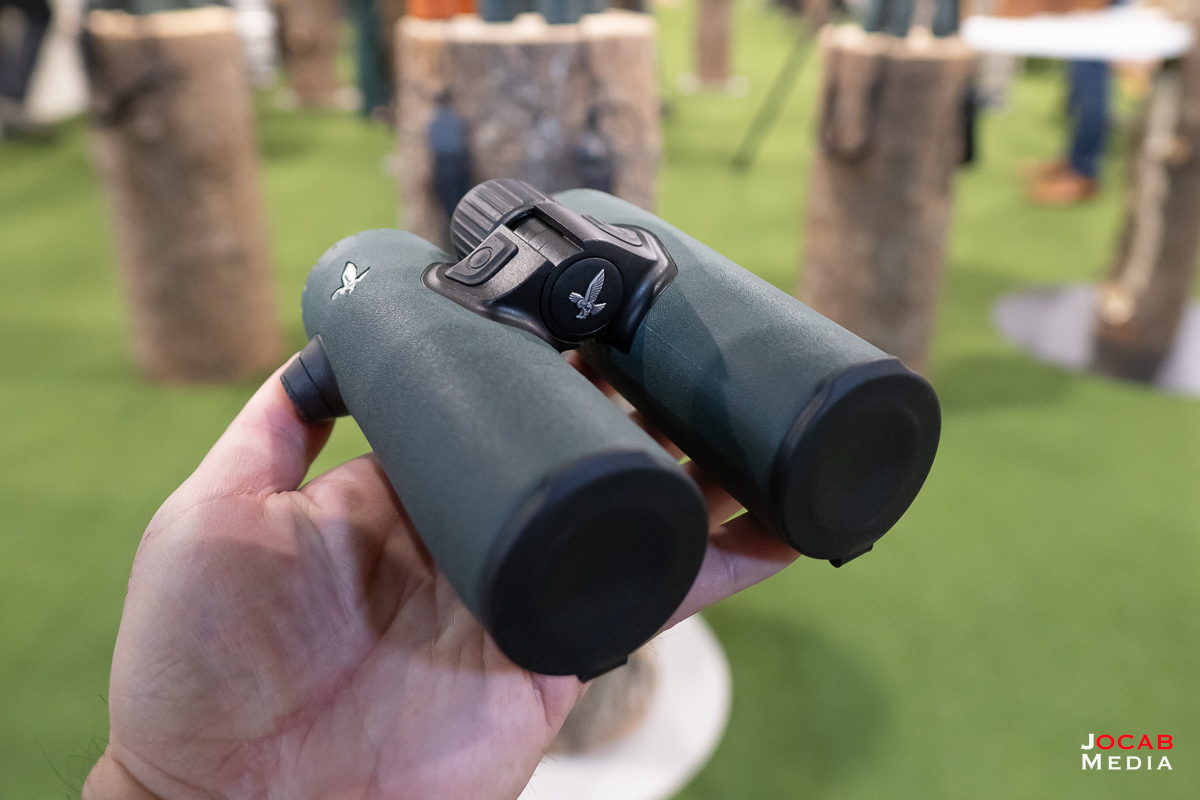
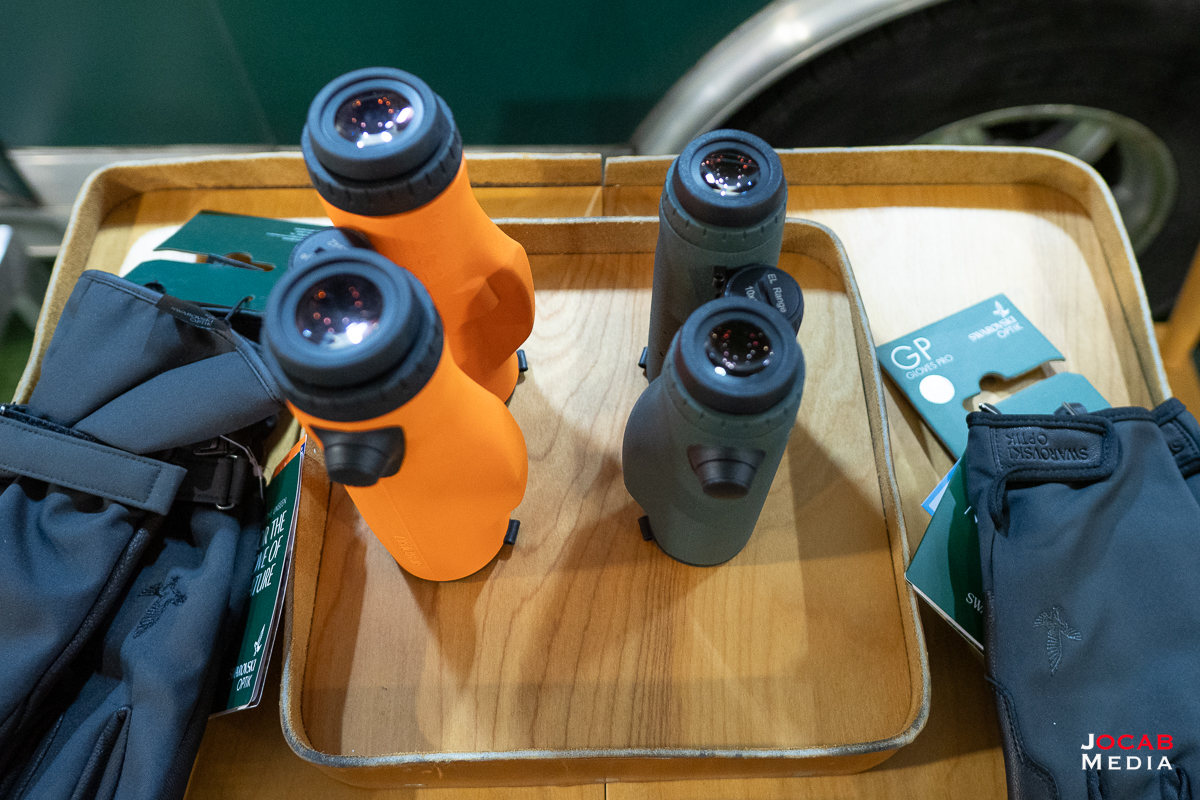
Although, it does sacrifice in the field of view with the 10×32 having a 330 ft @ 1000 yard or 6.3 degree field of view, and does lose a little bit in low light performance due to the smaller exit pupil. Yet the EL Range 32 is an attractive alternative to the EL Range 42 if form factor is critical.
If the price point is too high and you are willing to compromise on optical quality and in other areas, there are other rangefinding binocular options out there at significantly lower price points including the Vortex Optics Fury HD 5000 AB and Revic Acura BLR10b, as well as the aforementioned SIG KILO6K-HD, SIG KILO10K-ABS, and Leica Geovid Pro.
One thing is for sure is that there still is no ‘perfect’ rangefinding binocular and they all make a compromise in some fashion. As technology advances, we will eventually see a rangefinding binocular that has the top tier optical performance (SWAROVSKI), rangefinding performance (SIG, SWAROVSKI, Leica), internal HUD/display (specifically SIG KILO8K/KILO10K), fast internal software performance, and accurate ballistic solver all wrapped up in a lightweight, small, and ergonomic form factor.
Until then, it is up to the consumer to research and select the unit that they feel fits their criteria the best.
The SWAROVSKI OPTIK EL Range 42 definitely fits the needs for the hunting segment while the PRS crowd will likely user phone app and software features of the SIG KILO10K-ABS more beneficial (e.g., more gun profiles) than image quality.
After running the SWAROVSKI OPTIK EL Range 10×42 with Tracking Assistant for the past few months, would I make the same choice again today in early 2024?
Yes.
Even though the EL Range Configurator phone app, LED HUD, and form factor could be improved, those items are not deal breakers to me considering that the EL Range 42 has such great optical clarity and the laser rangefinder functions quickly and accurately.
However I would spend a lot more time looking at the EL Range 32 and decide if the form factor (smaller size and lighter weight) is worth sacrificing exit pupil and field of view.
SWAROVSKI OPTIK EL RANGE 10X42 TA Pros:
- Excellent optical and image quality
- Fine laser beam divergence
- Fast laser rangefinder data return
- Accurate on-board ballistic solver
- Excellent build quality
SWAROVSKI OPTIK EL RANGE 10X42 TA Cons:
- Very basic LED HUD
- Larger than average form factor
- Bare-bones phone app
- Price

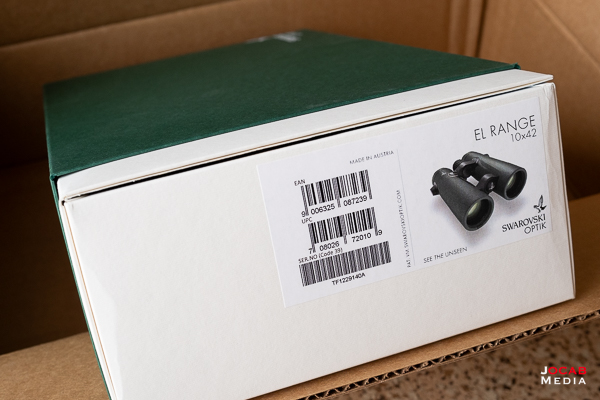
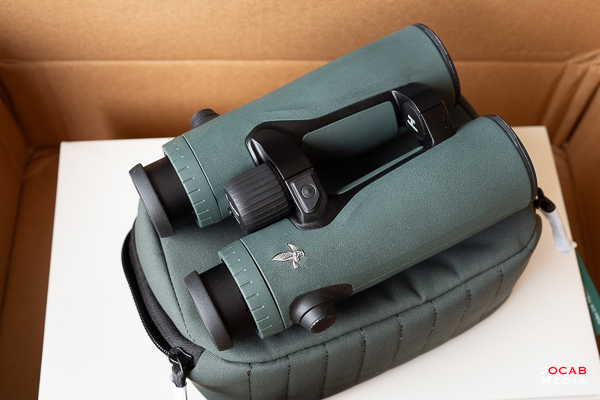
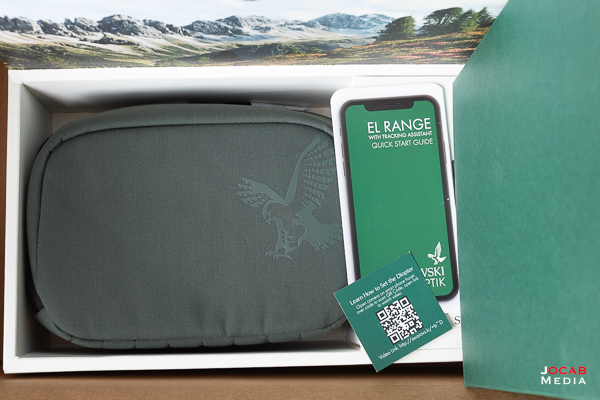
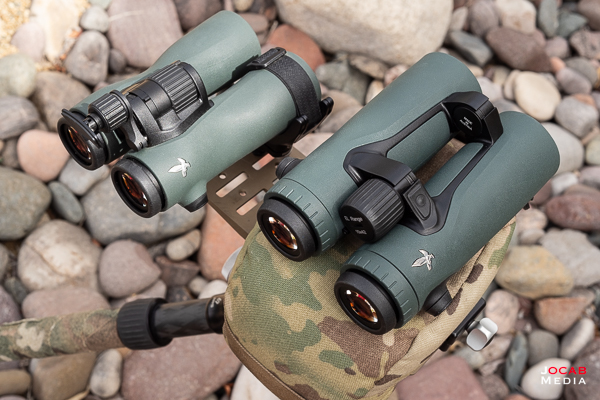
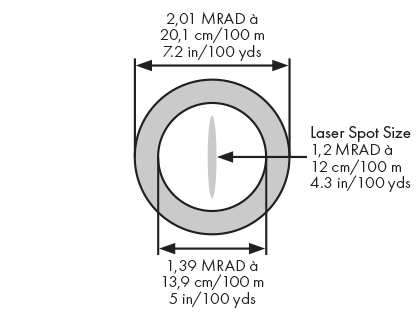
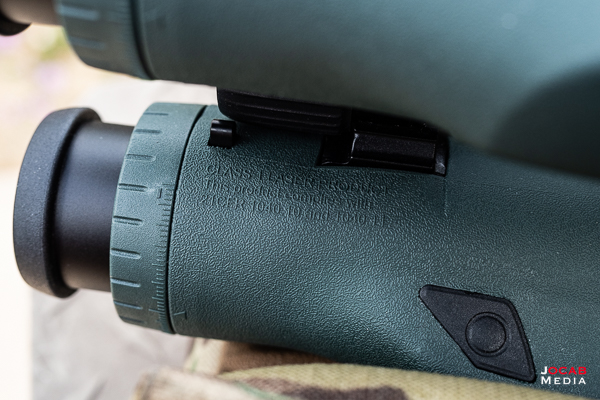
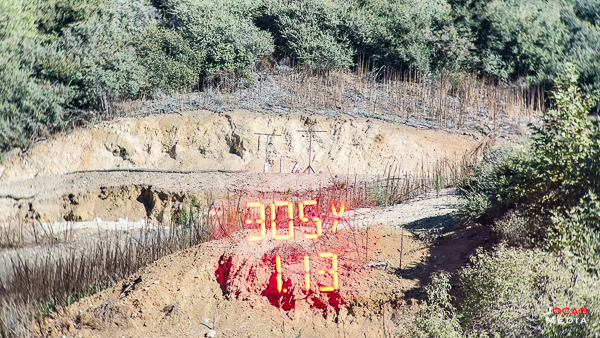
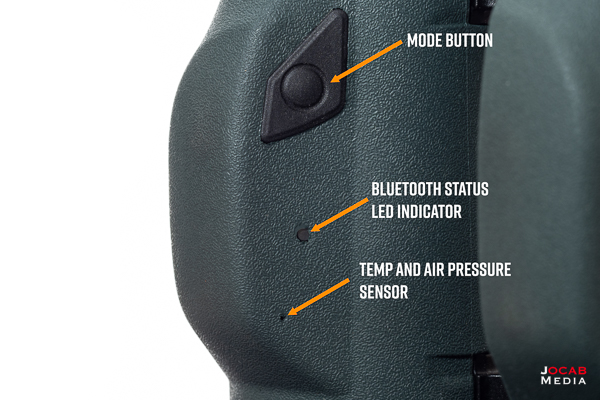
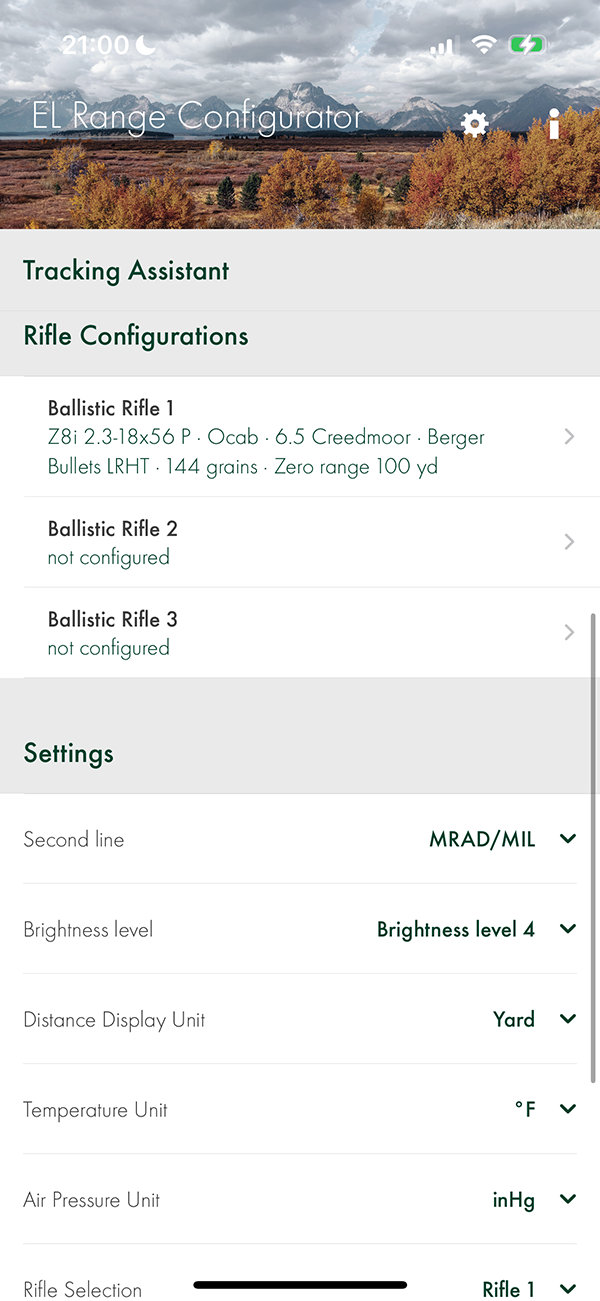
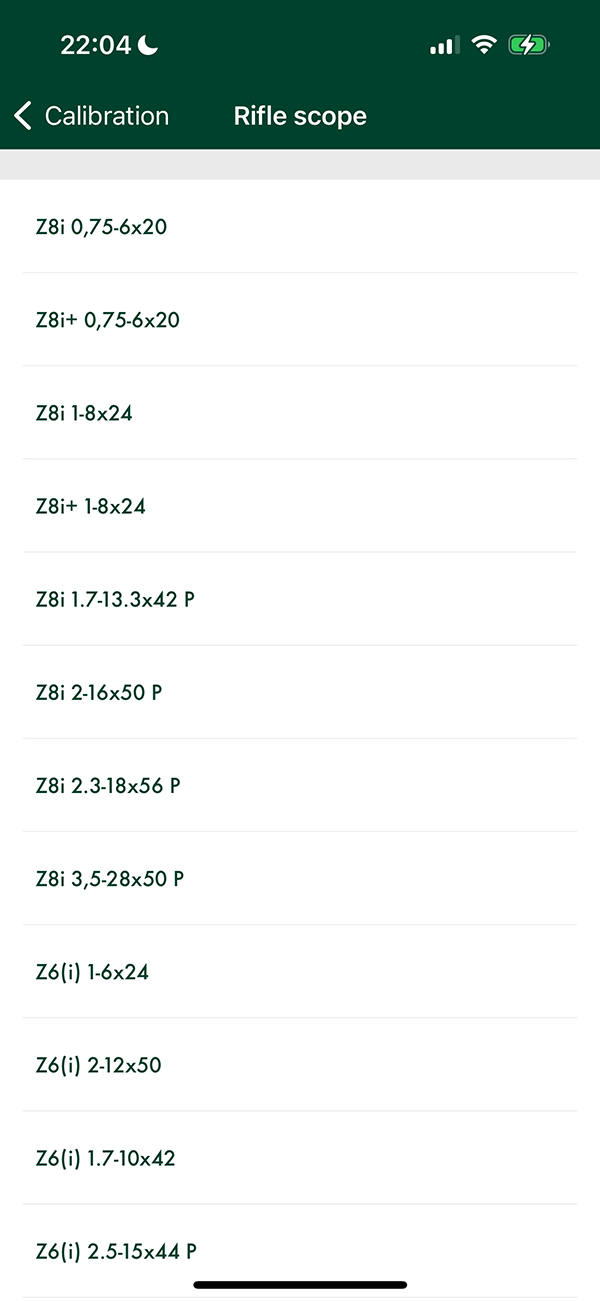
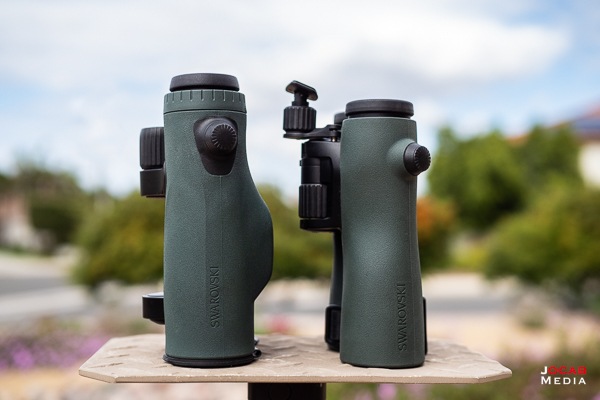
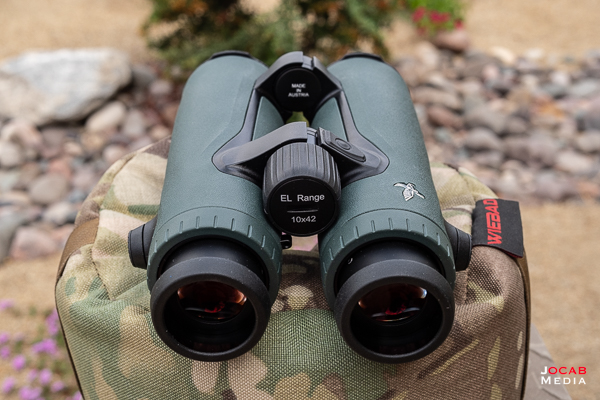
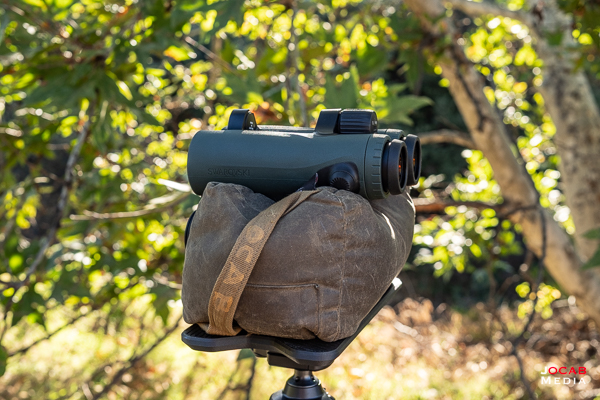
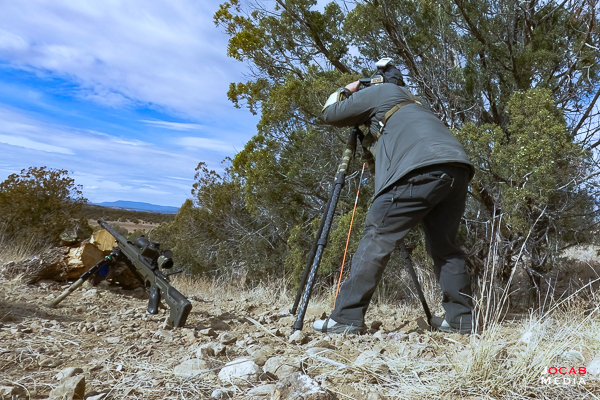
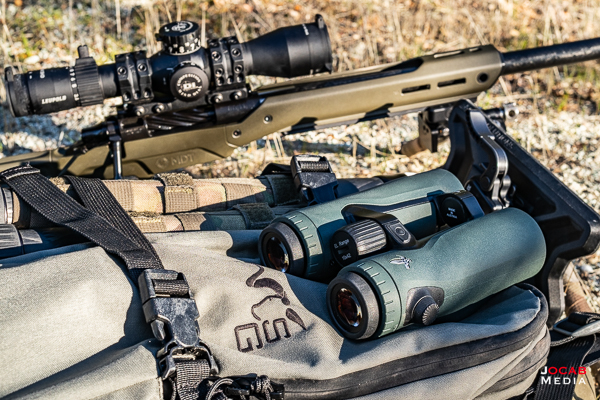
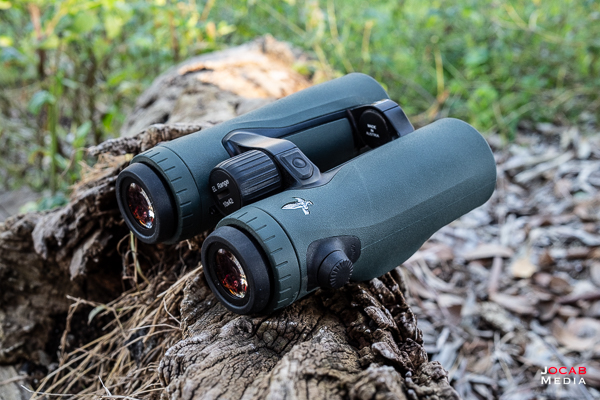
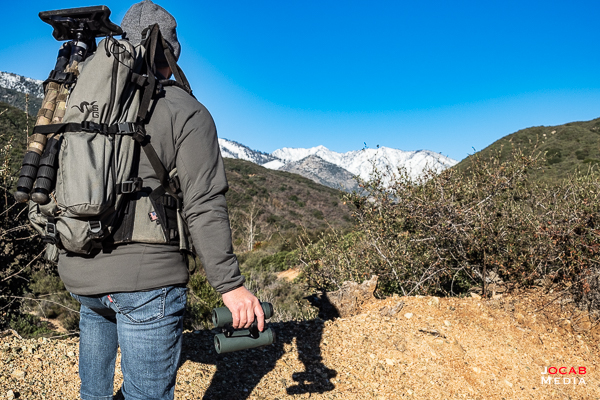
Don
Excellent review. Swarovski makes great optics – my brother and I both own the NL Pure binos.